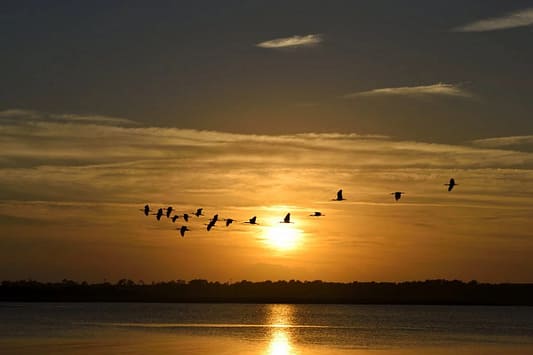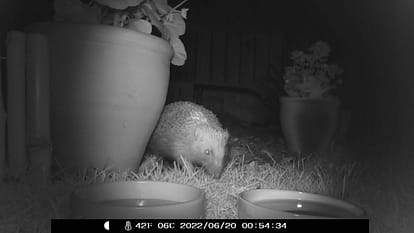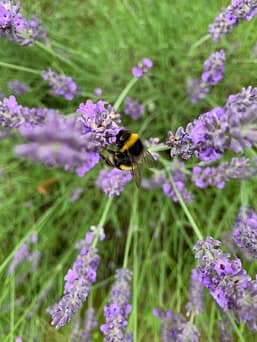
It’s all getting a bit hot under the collar, isn’t it? Yes, extreme heat events are becoming increasingly common, intense and longer-lasting thanks to our familiar foe, climate change. While these hot spells can cause trouble for us humans, they can also wreak havoc on the wildlife struggling to escape them.
So, slap on the sunny, pull out a lolly and focus your clammy self on the following five things you can do to help local wildlife in a heatwave.
Just Add Water
Here in the UK, some species, such as butterflies, can benefit from spells of hot weather. However, due to the historically temperate nature of our climate, for every sun-worshipper out there, there are a great many more at risk of dehydration, heat exhaustion and even death during periods of intense heat.

With that in mind, from honey bees to hedgepigs, adding water to your outdoor space can provide a vital lifeline for a whole host of animals. The pinnacle of this practice is, of course, building a pond. However, if you don’t have the space, simply adding a shallow dish of water can make a whole lot of difference.
*Depending on its size, make sure to pop a ramp and/or some stones in your water station(s) as it allows critters to clamber back out if they take the plunge.
Throw Some Shade
That’s right, by adding simple features such as log piles to the shadiest corners of your outdoor space, you’ll provide cool respite for a whole host of invertebrates… and a juicy bug buffet for larger animals. Additionally, try to resist the urge to mow your lawn and trim your plants before a heatwave hits; longer foliage means greater shelter and more food.
Adapt and they’ll Survive

As heatwaves become increasingly common, adapting or futureproofing your outdoor area is a brilliant way to help wildlife cope with the intensifying heat. For example, planting bee-friendly plants like lavender or transforming a section of your lawn into a wildflower meadow will help to provide a more heat-tolerant habitat for all (something we’ll discuss below).
Again, though, the ultimate adaptation you can make is to add water. So, brush off a bin lid or dust off a dish – it doesn’t take much to make a big difference.
Natural > Fake
Plastic lawns are the worst thing to happen to gardens since Titchmarsh hung up his boots; they’re environmental dead zones and, when finally disposed of, go straight into landfill. However, in the context of hot weather, just like other artificial surfaces (concrete, paving etc.), they heat up like a hot plate, reaching temperatures up to 20°C hotter than organic surfaces.
So, take your foot off the gas and put it back onto the grass by ditching your false turf dreams and letting the real stuff grow. After all, wild is the way forward and you ain’t starting a back-yard football team!
Provide some Food
Water is vital for wildlife during hot spells but so is food.

So, keep fruit-laden and leafy plants well hydrated as they’ll provide a great source of nutrition and fluid for all. Likewise, it’s important to keep your birdfeeders stocked up and if you feed a resident hedgehog, consider offering some wet, meaty cat food along with a shallow bowl of fresh water – they’ll thank you for it…
.. At least, they would thank you but… well, most animals are either non-verbal or just plain ignorant… stupid ungrateful hedgehogs.
